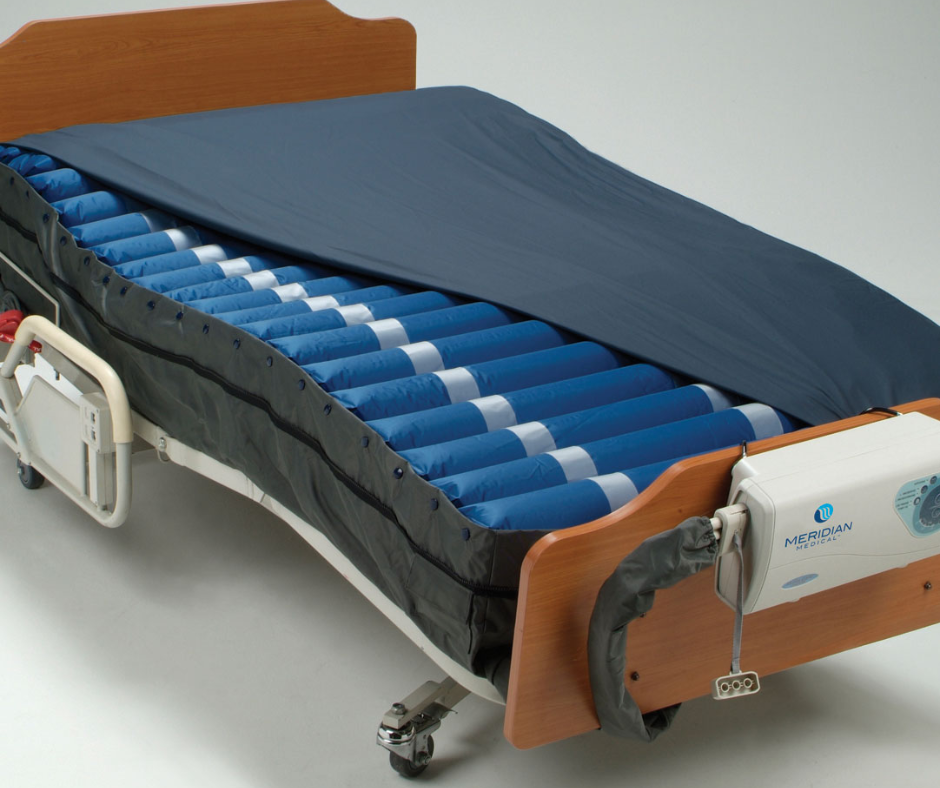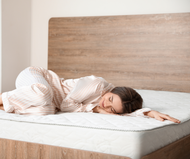August 15, 2025
Selecting the right pressure relief mattress to help prevent bedsores
Bedsores — also called pressure ulcers or pressure sores — are skin injuries caused by prolonged pressure on certain areas of the body. They are common among individuals who are bedridden, have limited mobility, or spend extended periods in one position.
One of the most effective ways to help prevent bedsores is by using a pressure relief mattress designed to reduce pressure points and improve comfort.
In this guide, we’ll explore how to choose the best pressure relief mattress, the types available, and important features to consider for maximum protection.
Why Pressure Relief Mattresses Are Important
When someone is confined to bed for long periods, the constant pressure on bony areas — such as the hips, tailbone, and heels — can restrict blood flow. This can lead to tissue damage and, eventually, bedsores.
A pressure relief mattress helps by:
- Distributing body weight evenly to reduce pressure points.
- Improving blood circulation in vulnerable areas.
- Enhancing comfort to encourage regular rest.
- Reducing the need for frequent repositioning by caregivers.

Types of Pressure Relief Mattresses
Foam Mattresses
- Made from high-density or memory foam.
- Contours to the body for better pressure distribution.
- Best for individuals at low to moderate risk of bedsores.
Alternating Pressure Mattresses (APM)
- Use air cells that inflate and deflate in cycles.
- Regularly shifts pressure from one area of the body to another.
- Ideal for patients at high risk or with existing stage 1–2 bedsores.
Low Air Loss Mattresses
- Provide continuous airflow to keep skin dry and cool.
- Helps reduce moisture buildup, which can worsen skin breakdown.
- Suitable for patients with advanced pressure ulcers or high moisture concerns.
Gel-Infused Mattresses
- Combine gel and foam to enhance support and temperature regulation.
- Good for individuals sensitive to heat buildup.
Key Features to Look For
When choosing a pressure relief mattress, consider the following:
- Risk Level: Match the mattress type to the patient’s risk category (low, medium, high).
- Weight Capacity: Ensure it supports the patient’s weight comfortably.
- Ease of Cleaning: Opt for waterproof, wipeable covers to maintain hygiene.
- Adjustability: Some mattresses allow you to control firmness and pressure cycles.
- Noise Level: For air-powered models, look for quiet pump operation.
Additional Tips to Prevent Bedsores
While a pressure relief mattress is essential, it should be part of a comprehensive bedsore prevention plan:
- Reposition the patient every 2–4 hours.
- Keep skin clean and dry.
- Use moisture-wicking bed sheets.
- Maintain good nutrition and hydration.
Selecting the right pressure relief mattress is a critical step in preventing bedsores and promoting patient comfort. Whether you choose foam, alternating pressure, low air loss, or gel-based designs, the goal is the same — reduce pressure, improve circulation, and protect the skin.
Investing in a quality mattress tailored to the patient’s needs can make a significant difference in health outcomes and overall quality of life.
Shop the Perfect Mattress for You — CLICK HERE!

